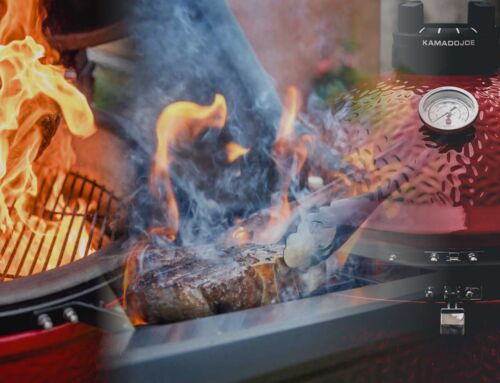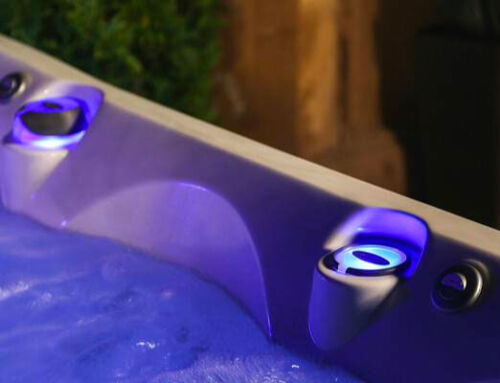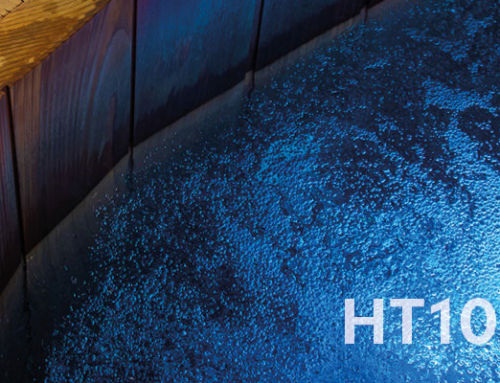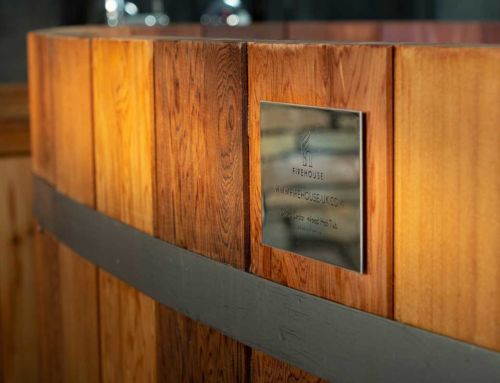Frequently Asked Questions about our Hot Tubs?
In 1993 the Food Research Institute at the University of Wisconsin conducted tests to compare wood surfaces of cutting boards with the plastic equivalents. The assumption was wood would absorb the juices and become a hot-bed of disease. In other words, plastic would be safer. This wasn’t the case. Seven species of wood and four types of plastic were tested. All were intentionally contaminated with E-Coli, Listeria and Salmonella. To everyone’s surprise, the bacteria were killed within 3 minutes of touching the wood surface. This was not the case with the plastic surfaces.
Cedar is in fact naturally resilient to decay. It’s rich oils give cedar the lifespan it is famous for. Cleaning is the same as most plastic tubs. Typically a light scrub brush with a diluted solution of liquid bleach works well.
This is a very common question given the natural properties of our tubs. By law the FDA only approves as a sanitiser, chlorine or bromine. However, there are two other natural oxidizing systems that we recommend. By using any one of these system, the amount of sanitizer can greatly be reduced. The 1st is an ozonator that used UV light to produce naturally occurring ozone . Ozone leaves nothing but pure oxygen when consumed. It is 1000 times stronger than chlorine in oxidizing, however it has a very short life and dissipates quickly. The other system is a mineral ionizer, this uses natural minerals such as silver, and zinc to kill bacteria and algae. When you use these systems you greatly reduce the need for bromine or chlorine sanitization. When you use both you can virtually eliminate the need for chemicals, however the FDA has not yet recognized these and as such small amounts of sanitizer should still be used.
Tubs can simply be filled with a hose or permanently connected water supply and if the tub has a skimmer, it will be fitted with a shut-off valve. You will learn from experience at what level your tub will best account for the water displacement when bathers get in, but guidelines are provided.
Usually the water is replaced every three to six months. The bib valve located after the pump is used to drain the tub. If you want it to drain slowly, a garden hose is attached to the bib valve and allowed to drain out the water. If you want to empty the tub quickly, you use the pump to pump out the water.
In both cases about an inch of water is left in the bottom which can be pumped out with a submersible pump or wet and dry vacuum cleaner.
Small leakages at installation are possible, but only until the wood has expanded and sealed. Over chlorination can also lead to leaks. Hot Tubs must not be allowed to dry out completely, as this can distort the wood.
Firehouse has the expertise to correctly install your Cedar Wood Hot Tub to ensure it does not leak, and will provide you with technical backup and after sales service in the unlikely event of a problem occurring
Cedar wood has natural anti-decay and antibacterial properties, and does not warp, meaning your hot tub can last for a very long time.
The interior of the wood tub is kept natural. As long as it stays wet, the rich cedar appearance will be maintained. Any mineralisation, causing a whitish-grey colour, can easily be removed with a scouring pad.
Especially if the Hot Tub is fitted outside, special care must be taken of the exterior finish. Firehouse will seal the exterior on installation and can provide tubs of special wood preservation finishes. These special preservatives allow moisture to escape, without the exterior blistering and the wood finish can be kept looking new for generations. These can be applied at intervals suited to the conditions to which the Hot Tub is exposed.
Airborne dust and dirt are kept out of the tub by a special cover. This cover must be kept clean with water and a soft brush. If kept outside, a uV (ultraviolet) protection, available from Firehouse, must be applied to avoid damage by the sun.
If it is caught soon enough, Spa Shock can often revive the water. Spa shock is a high concentration of chlorine free sanitizer that instantly boosts the level. One should wait at least one hour before entering the tub after it has been shocked. If it is too cloudy it is best to drain the tub and add fresh water. A weekly inspection of the puck dispenser will eliminate running out of chlorine.





